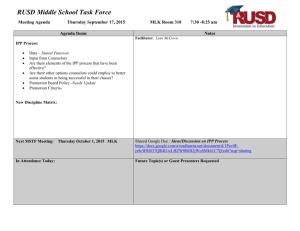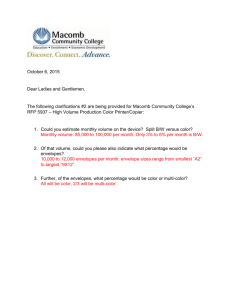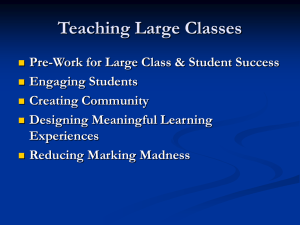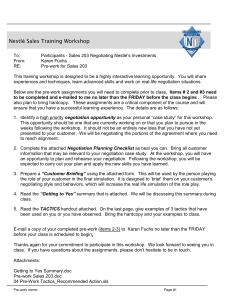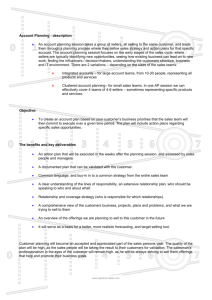IPP Pre-work - Phase 0
advertisement
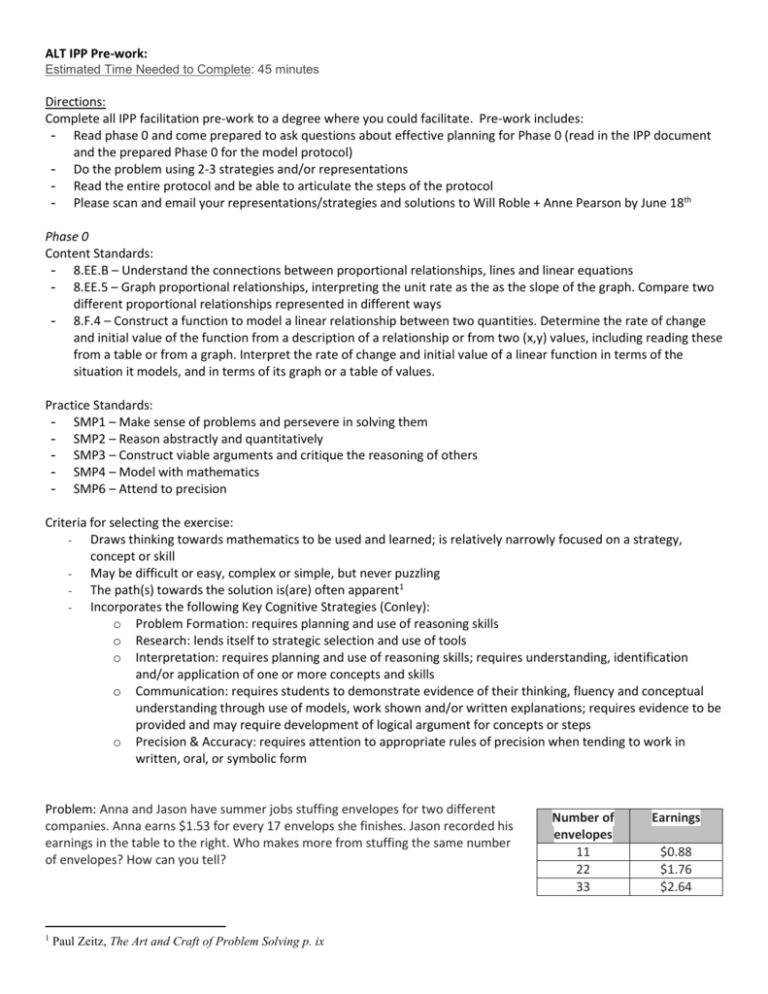
ALT IPP Pre-work: Estimated Time Needed to Complete: 45 minutes Directions: Complete all IPP facilitation pre-work to a degree where you could facilitate. Pre-work includes: - Read phase 0 and come prepared to ask questions about effective planning for Phase 0 (read in the IPP document and the prepared Phase 0 for the model protocol) - Do the problem using 2-3 strategies and/or representations - Read the entire protocol and be able to articulate the steps of the protocol - Please scan and email your representations/strategies and solutions to Will Roble + Anne Pearson by June 18th Phase 0 Content Standards: - 8.EE.B – Understand the connections between proportional relationships, lines and linear equations - 8.EE.5 – Graph proportional relationships, interpreting the unit rate as the as the slope of the graph. Compare two different proportional relationships represented in different ways - 8.F.4 – Construct a function to model a linear relationship between two quantities. Determine the rate of change and initial value of the function from a description of a relationship or from two (x,y) values, including reading these from a table or from a graph. Interpret the rate of change and initial value of a linear function in terms of the situation it models, and in terms of its graph or a table of values. Practice Standards: - SMP1 – Make sense of problems and persevere in solving them - SMP2 – Reason abstractly and quantitatively - SMP3 – Construct viable arguments and critique the reasoning of others - SMP4 – Model with mathematics - SMP6 – Attend to precision Criteria for selecting the exercise: - Draws thinking towards mathematics to be used and learned; is relatively narrowly focused on a strategy, concept or skill - May be difficult or easy, complex or simple, but never puzzling - The path(s) towards the solution is(are) often apparent1 - Incorporates the following Key Cognitive Strategies (Conley): o Problem Formation: requires planning and use of reasoning skills o Research: lends itself to strategic selection and use of tools o Interpretation: requires planning and use of reasoning skills; requires understanding, identification and/or application of one or more concepts and skills o Communication: requires students to demonstrate evidence of their thinking, fluency and conceptual understanding through use of models, work shown and/or written explanations; requires evidence to be provided and may require development of logical argument for concepts or steps o Precision & Accuracy: requires attention to appropriate rules of precision when tending to work in written, oral, or symbolic form Problem: Anna and Jason have summer jobs stuffing envelopes for two different companies. Anna earns $1.53 for every 17 envelops she finishes. Jason recorded his earnings in the table to the right. Who makes more from stuffing the same number of envelopes? How can you tell? 1 Paul Zeitz, The Art and Craft of Problem Solving p. ix Number of envelopes 11 22 33 Earnings $0.88 $1.76 $2.64

